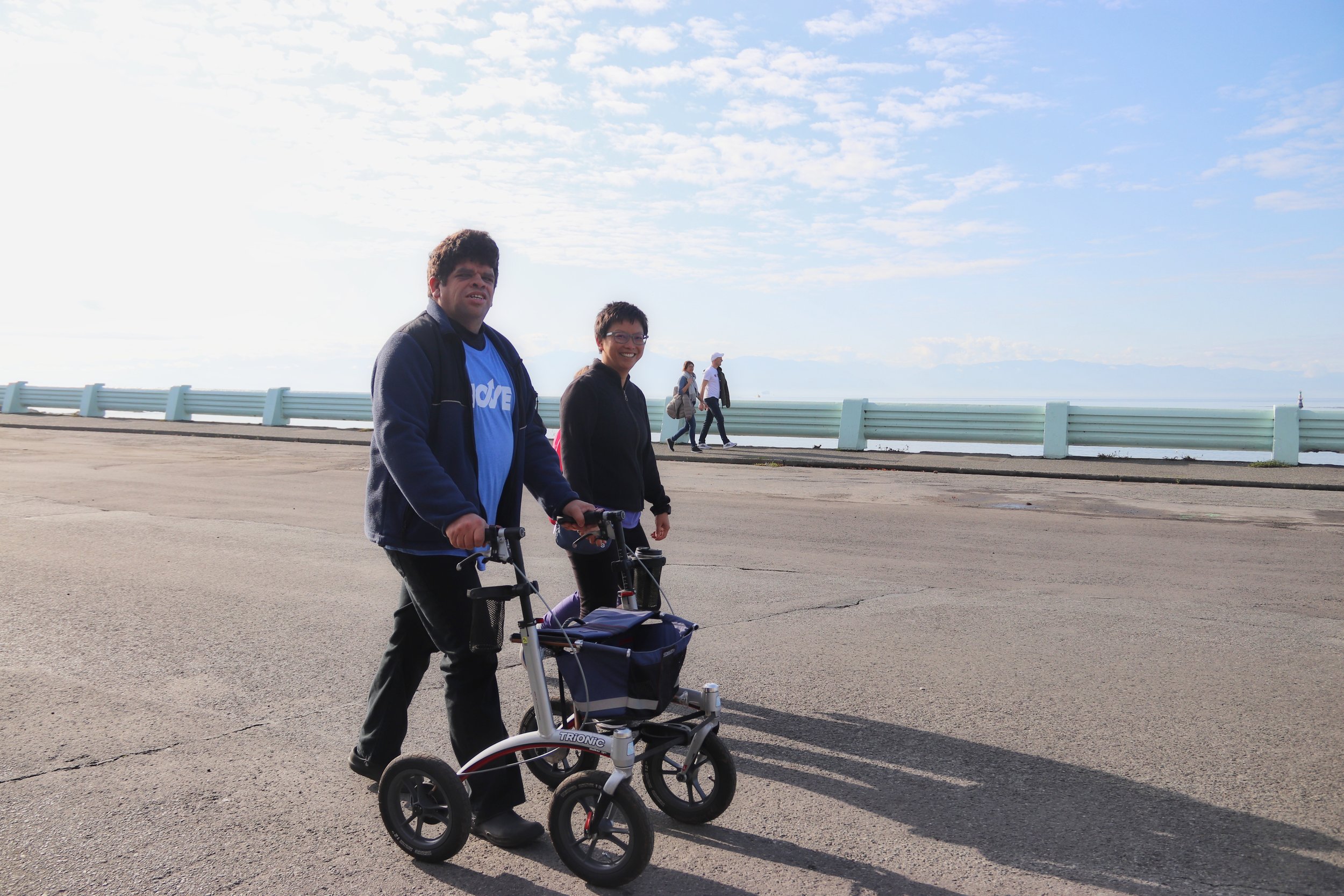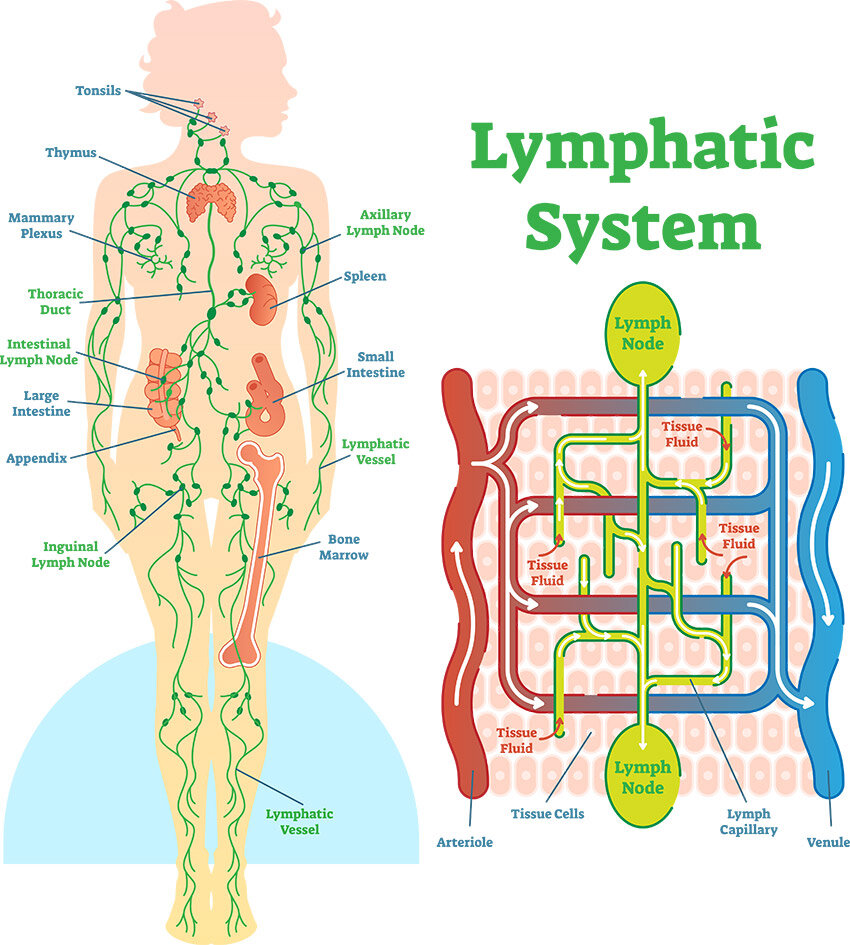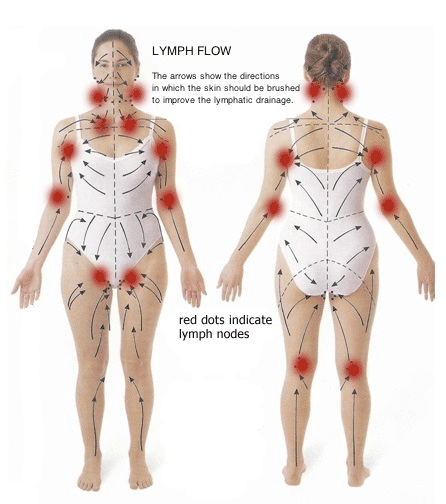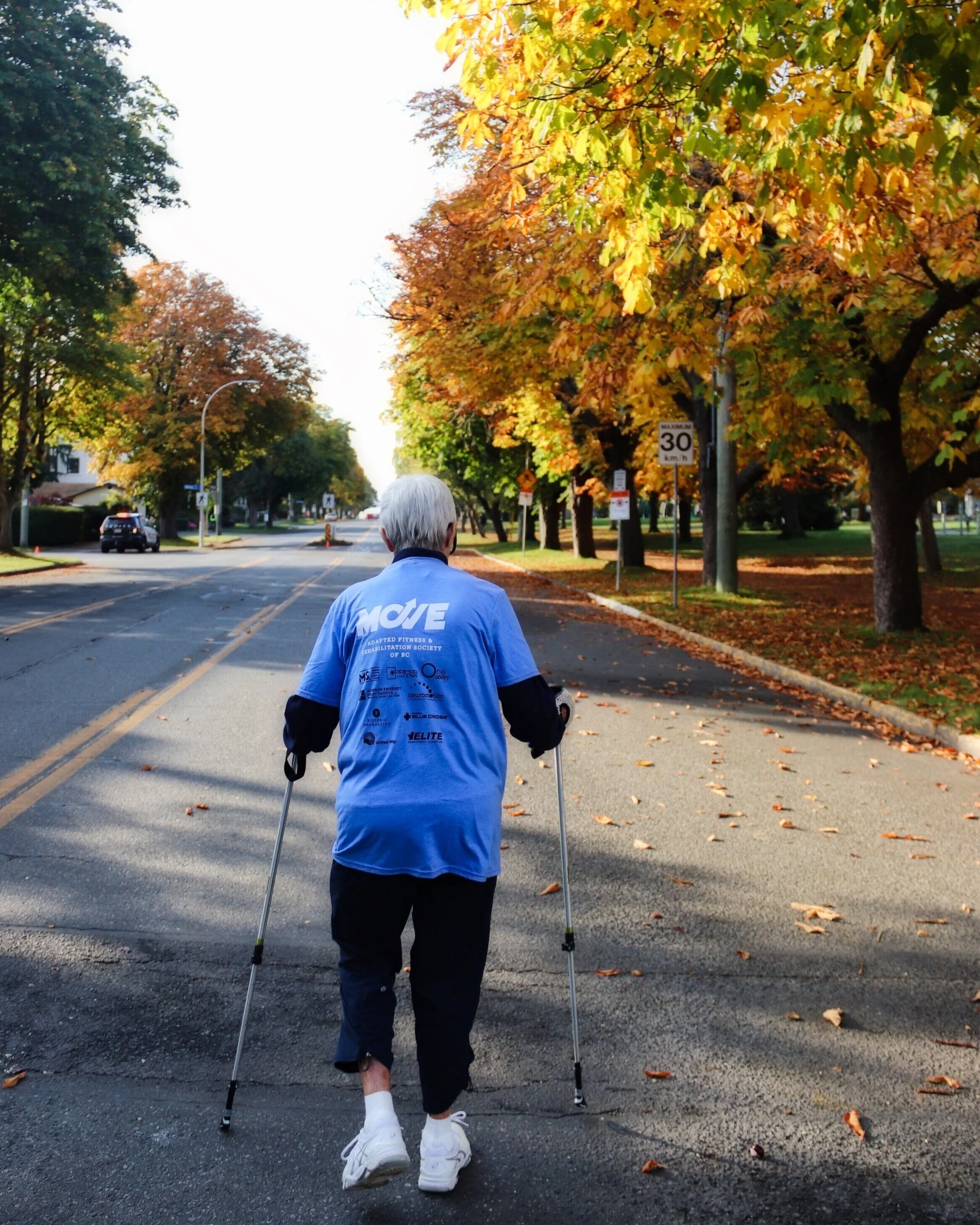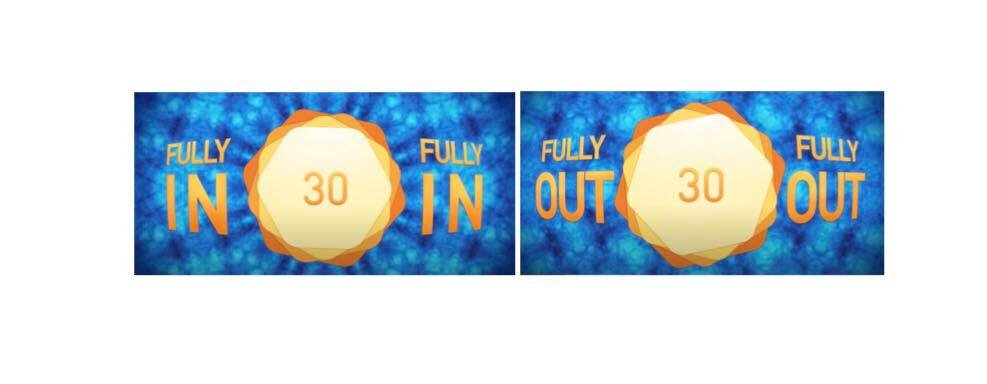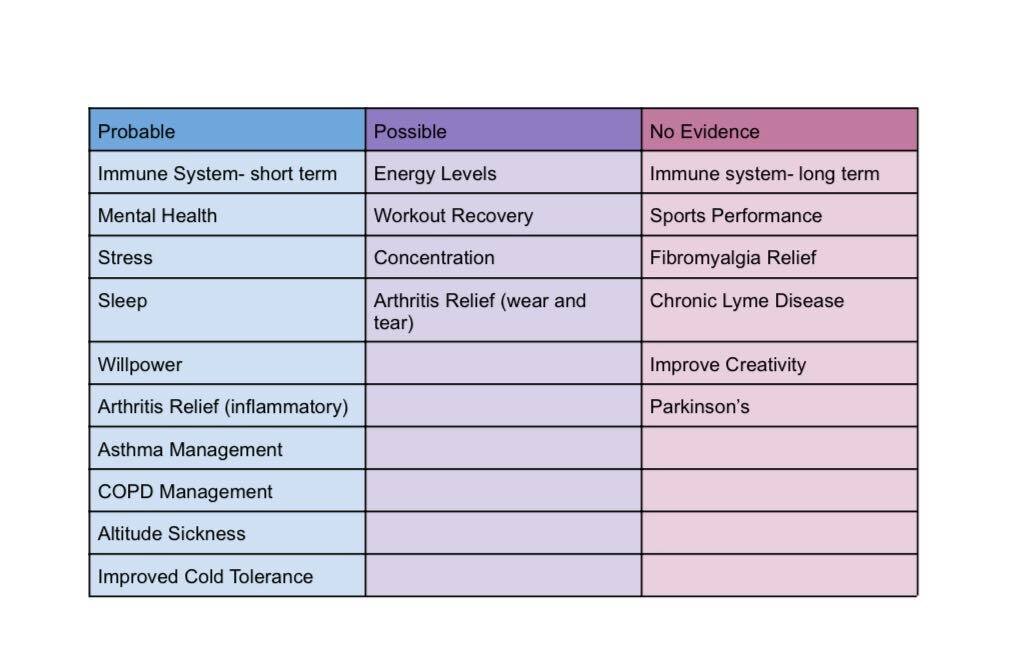Written by Marissa Hoen | November 17 2021
Falls are a part of life that most of us try to avoid. While children bounce back fairly quickly from a fall, older adults share a different story. The Public Health Agency of Canada reports that in those over 65, falls are the number one cause of hospitalization due to injury (2014)- but why is this the case? Body function is complex and the answer to this question is unlikely to be a single source. In a recent CBC article, Ruby Buiza sheds light on some factors in fall risk that you may not have been aware of (2021).
In the article, Buiza points out 6 factors that impact fall risk:
Hearing and Vision Impairments
Improper handrail shape
Improper size of steps
Using well-fitted mobility aids
Fear of falling
Medication side-effects
Some of these factors, such as handrail shape and fear of falling, are modifiable in that we may be able to buy a new handrail and work on overcoming our fears; however, many of these factors might not be easily altered. In those cases, such as hearing impairments, improper step size and handrail shape, great attention and external support should be regularly used. Today let’s take a deeper dive into how hearing and vision can impact fall risk and focus on what we can change to live life with fewer falls. If you’d like to read the original CBC article, click the link in the reference section below!
Hearing and Vision Challenges
The positive correlation between visual impairments and fall risk is an easy one to understand: the less you can see, the more you may trip over obstacles in your path. Improving your vision can come in many forms. Maybe you finally book that eye exam and get those corrective lenses. In the CBC article, Barbara Kowalski points out that proper lighting provides immediate support- especially for those who get up at night (2021). In this case she recommends motion sensor lighting to eliminate that risky search for the light switch. While the link between vision and falls might be easier to wrap the brain around, the link between hearing and falls is less understood.
Recent research shows that whether you can hear your footsteps has an effect on your walking gait (Cornwell et al., 2020), which ultimately impacts your fall risk. Here is a summary on some research findings:
So what can we take home from these studies?
If you have trouble balancing, take short distance steps to increase stability. Train larger distance steps when you have the support, take shorter steps when you don’t!
Realize that walking and balance take a lot of brain effort! If you are dealing with hearing loss or another condition that impacts your brain’s energy reserves, walking without falling takes focus and energy that you may not have in that moment. Take time to rest when needed, become more aware of your fatigue levels and don’t push it if you are alone.
Pay attention during your movements! This ties in with the last point- if there is too much stimuli (noise, moving obstacles, etc) you may become distracted and unaware of your limb positioning. While this was not mentioned in the above studies, I have heard from many clients that falls happen when they just weren’t paying attention. However, attention takes energy and we know that falls are more likely when the energy is low.
Face your fears of falling through various methods. Since balance issues and fear of falling go hand in hand, working on one will simultaneously help the other. Find a safe space with support (ideally people and grip support), practice your balance and strengthen the muscles involved. Be aware of the fear and put strategies and solutions in place to minimize this fear- which will in turn improve your balance. Think about situations in which you have fallen in the past- are there any common stimuli? Take your experience and learn from it!
All of these risk factors are just that: risk factors. This does not mean that if you fall into one or more of these categories that you are going to fall. It does mean, however, that you are more likely to fall and should implement as many tools as possible to reduce your fall risk so that you can continue living your life the way you’d like.
References
Buiza, R. (2021, October 16). 6 overlooked risks of falls for seniors and how to prevent them | CBC radio. CBCnews. Retrieved November 15, 2021, from https://www.cbc.ca/radio/whitecoat/6-overlooked-risks-of-falls-for-seniors-and-how-to-prevent-them-1.6202152
Cornwell, T., Cornwell, T., Woodward, J., Wu, M., Jackson, B., Souza, P., Siegel, J., Dhar, S., Gordon, K. E., & Gordon, K. E. (2020). Walking with ears: Altered auditory feedback impacts gait step length in older adults. Frontiers in Sports and Active Living, 2https://doi.org/10.3389/fspor.2020.00038
Hearing loss linked to three-fold risk of falling. Johns Hopkins Medicine. (2012, February 27). Retrieved November 15, 2021, from https://www.hopkinsmedicine.org/news/media/releases/hearing_loss_linked_to_three_fold_risk_of_falling
Seniors’ falls in Canada. Public Health Agency of Canada. (2014). Retrieved November 17, 2021, from https://www.phac-aspc.gc.ca/seniors-aines/publications/public
/injury-blessure/seniors_falls-chutes_aines/assets/pdf/seniors_falls-chutes_aines-eng.pdf
Szeto, B., Zanotto, D., Lopez, E. M., Stafford, J. A., Nemer, J. S., Chambers, A. R., Agrawal, S. K., & Lalwani, A. K. (2021). Hearing loss is associated with increased variability in double support period in the elderly. Sensors (Basel, Switzerland), 21(1), 278. https://doi.org/10.3390/s21010278


